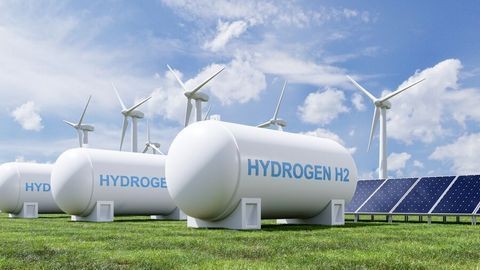Belgium Unveils New Leniency Guidelines
Client Alert | 1 min read | 10.24.07
CompetitionLaw360
Belgium has revealed a new set of guidelines for its leniency program, hoping to better employ the competition tool that has enabled U.S., EU and Asian antitrust authorities to unravel some of the world’s most notorious cartels. Belgium published a revamped version of its 2004 leniency initiative in the Belgium State Gazette, indicating a desire to keep up with the strides and various refinements that have been made to such programs over the years.
Under the new legislation, Belgium will reportedly accept oral leniency and implement a marker system, an increasingly popular feature among immunity programs. The acceptance of oral or other nonwritten statements from cartel members applying for leniency will help to protect companies concerned about producing hard documents that could later be subpoenaed or discoverable in civil litigation elsewhere, especially in the U.S. The marker system would enable cartel members to come forward and reserve places in line for leniency even before they have gathered information. This, regulators believe, will help them to capitalize on cartel members’ distrustful paranoia and ensure that members would come forward quickly.
Though the council has received an estimated 20 immunity applications since the program was first introduced in 2004, most of those were the result of companies applying for leniency in several jurisdictions, also known as double-dips. Seeking to toughen up the program, the council began the process of revising its leniency program back in September, inviting practitioners to comment on the process for the first time ever.
Insights
Client Alert | 2 min read | 12.19.25
GAO Cautions Agencies—Over-Redact at Your Own Peril
Bid protest practitioners in recent years have witnessed agencies’ increasing efforts to limit the production of documents and information in response to Government Accountability Office (GAO) bid protests—often will little pushback from GAO. This practice has underscored the notable difference in the scope of bid protest records before GAO versus the Court of Federal Claims. However, in Tiger Natural Gas, Inc., B-423744, Dec. 10, 2025, 2025 CPD ¶ __, GAO made clear that there are limits to the scope of redactions, and GAO will sustain a protest where there is insufficient evidence that the agency’s actions were reasonable.
Client Alert | 7 min read | 12.19.25
In Bid to Ban “Woke AI,” White House Imposes Transparency Requirements on Contractors
Client Alert | 5 min read | 12.19.25
Navigating California’s Evolving Microplastics Landscape in 2026
Client Alert | 19 min read | 12.18.25
2025 GAO Bid Protest Annual Report: Where Have All the Protests Gone?


